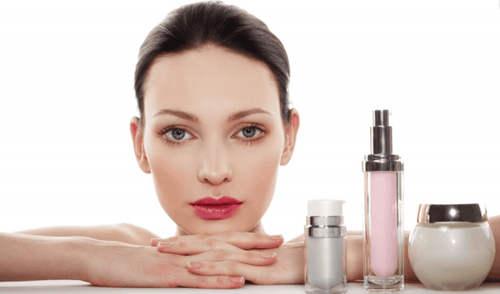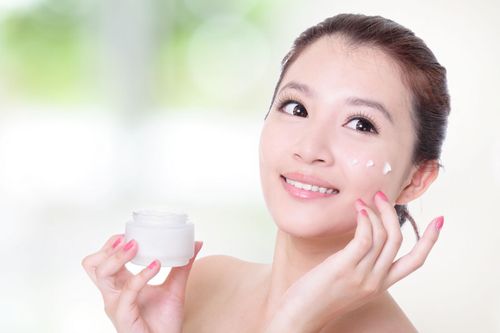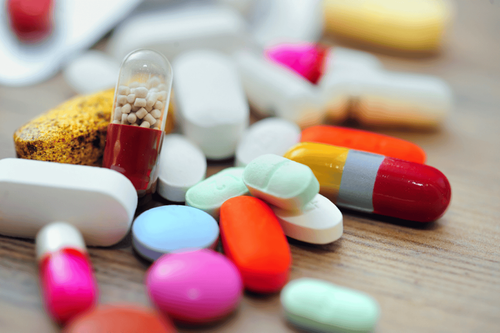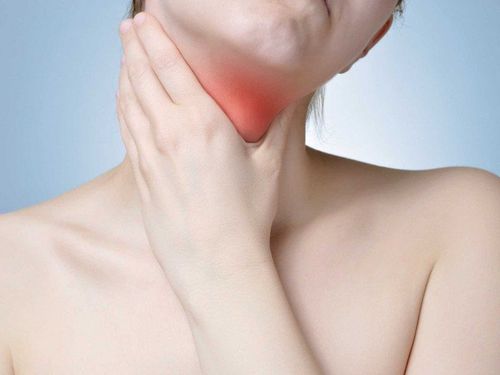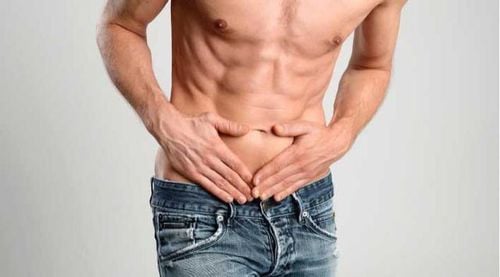This is an automatically translated article.
The article is professionally consulted by Master, Doctor Ngo Thi Oanh - Pediatrician - Pediatrics - Neonatology - Vinmec Ha Long International General Hospital.Phthalates are a group of chemicals used in hundreds of products, such as toys, vinyl flooring and wall coverings, detergents, lubricants, food packaging, pharmaceuticals, etc. How it affects the health of children when not well controlled. The following article tells us about this problem.
1. What are Phthalates?
Phthalates are synthetic chemicals found in every home, in plastic baby play equipment, personal care products such as shampoo and lotion, vinyl flooring and bathroom curtains. They are also found in some medical products, such as saline bags, feeding tubes, and catheters. They are used to make plasticizers and add fragrance to soaps and other personal products. Based on recent research, scientists have concluded that the high levels of phthalates in insects around the world are a result of airborne phthalates. Because phthalates are released into the air and dust around us, they are found in human urine, blood, and breast milk. Levels are highest in women and children aged 6 to 11. Young children can have higher levels of phthalates in their bodies because their hands find their way into their mouths more often: they touch objects made with phthalates and surface covered with phthalate dust, then the child's hand touches his or her mouth.The chemical industry asserts that there are no conclusive studies in humans showing that phthalates are dangerous in the amounts we are currently exposed to. But some consumer, environmental and health advocacy experts disagree.
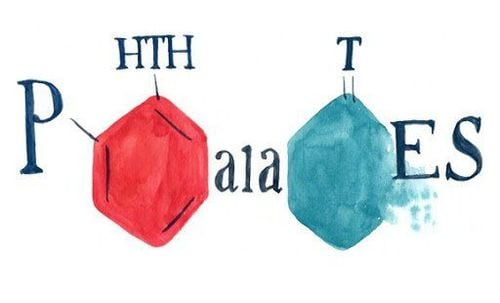
Phthalates là hóa chất tổng hợp được tìm thấy trong mọi gia đình, trong đồ dùng trẻ em
2. Effects of Phthalates on the body
Phthalates are called "endocrine disruptors" because they affect the body's hormones by mimicking or blocking them. They interfere with the body's natural levels of estrogen, testosterone, and other hormones, which is why they are called "disruptors".Endocrine disruptors are difficult to study for a number of reasons: we are exposed to very small amounts from many different sources every day, researchers have shown that, unlike chemicals In other studies, these substances appear to have more severe effects at lower levels than at high levels.
Hormones can increase the risk of certain cancers, whether those hormones are natural or synthetic. Too much or too little hormone can be harmful. Is a child exposed to phthalates more likely to develop cancer as an adult? No one knows for sure, but animals exposed to phthalates are more likely to develop liver cancer, kidney cancer, and damage to the male reproductive organs.
Phthalates are thought to also affect girls' hormones, the health implications of which are still unknown. Studies have also shown an association between children's exposure to phthalates and an increased risk of asthma, allergies, and bronchial obstruction.
Researchers at Mount Sinai also found a link between obesity and phthalates. They found that in overweight girls aged 6 to 8 years, the higher the concentration of certain phthalates (including low molecular weight phthalates) in the urine, the higher their body mass index (BMI) was. the higher they are. BMI takes height and weight into account when determining if someone is overweight. One study in Danish children aged 4 to 9 years showed that the higher the phthalate levels (all of them), the shorter the child was. This is true for girls and boys. More research is needed to determine the effects of phthalates on height and BMI.
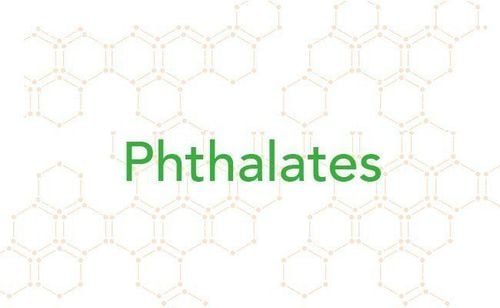
Phthalate được gọi là "chất gây rối loạn nội tiết" vì chúng ảnh hưởng đến các hormone của cơ thể bằng cách bắt chước hoặc ngăn chặn chúng
3. Phthalates found in baby care products
The safety of phthalates, one of the most commonly used families of chemicals in the world, is being called into question once again. Phthalates are found in shampoos, body washes, and lotions....Researchers have found that babies whose mothers have recently applied infant care products such as baby lotion , shampoo, and baby powder had more phthalates in their urine than children whose mothers did not use these products.Some researchers have found that infant exposure to phthalates is common and that exposure to personal care products applied to the skin may be an important source. This is worrisome because the safety of phthalates has been in question, with studies over the years showing more and more red flags.
Human studies are looking at the relationship between phthalates and asthma. There are also studies examining whether phthalates affect the timing of puberty or the risk of childhood obesity. (Although phthalates have been shown to cause liver and kidney cancer in animal studies, the mechanism involved may not be relevant to humans.)
Fellow researchers tested urine samples of children from 2 months to 28 months of age whose mothers have used infant care products for the baby in the previous 24 hours. They found that every baby had at least one phthalate in their urine samples, and that 81% of them had seven or more phthalates in their system. Children 8 months and younger had the highest levels, along with those whose mothers used more personal care products for babies.
Products with the strongest phthalate associations are baby powders, lotions, and shampoos. Wet wipes and diaper rash cream for babies are not closely related. What makes this new study unique is that it focuses on absorbing these chemicals through the skin through personal care products. Most of the previous concerns raised about phthalates - and another plasticizer, bisphenol A (BPA) - revolved around the ingestion of the chemical by children. Ingestion can occur when babies latch on or teeth on plastic toys and nipples, when chemicals leak from bottles or containers into something they eat or drink, and when they breathe in chemicals from products vinyl like shower curtains and flooring.
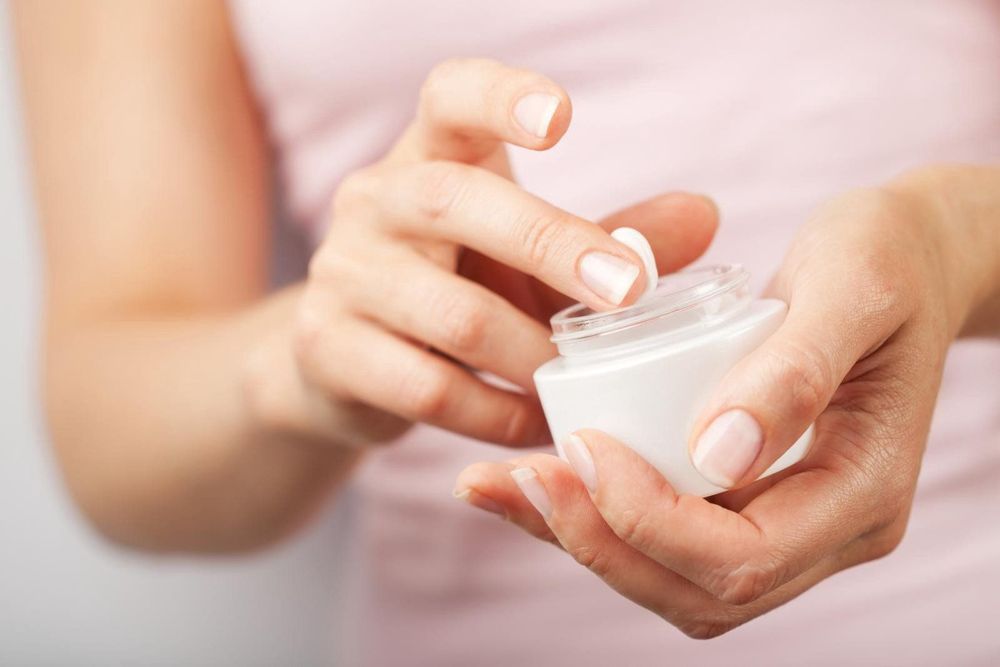
Phthalates có trong dầu gội, trong sữa tắm, trong kem dưỡng da....
4. What you can do to protect your baby
Specific steps parents can take to reduce their child's exposure to phthalates:Limit the amount of baby care products you use on your baby, especially if your child is 8 years or older. month or less. It is recommended that you use these products only when "medically indicated" - in the case of diaper rash or eczema, for example.
When you use baby care products, choose products that are phthalate-free. Choose baby washes that are safe for your baby's skin and body to help keep them healthy.
Some products labeled as phthalates-free have been tested and found to have phthalates in them, although at much lower concentrations than products without the phthalate label.
Parents can take their children to Vinmec International General Hospital, which is one of the leading hospitals in the country for examination, diagnosis and treatment of digestive, urinary, and respiratory diseases. , nutrition, dermatology especially in infants and young children. With modern equipment, sterile space, minimizing the impact as well as the risk of disease spread. Along with that is the dedication from the doctors with professional experience with pediatric patients, making the examination no longer a concern of the parents.
If you have a need for consultation and examination at the Vinmec Health System Hospitals nationwide, please book an appointment on the website for service.
Please dial HOTLINE for more information or register for an appointment HERE. Download MyVinmec app to make appointments faster and to manage your bookings easily.
Reference source: center4research.org



